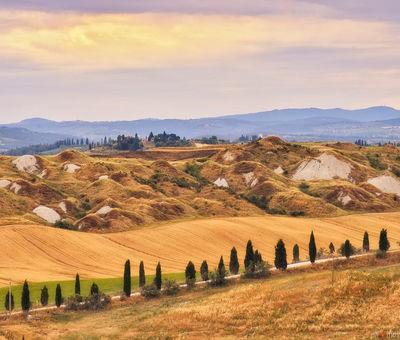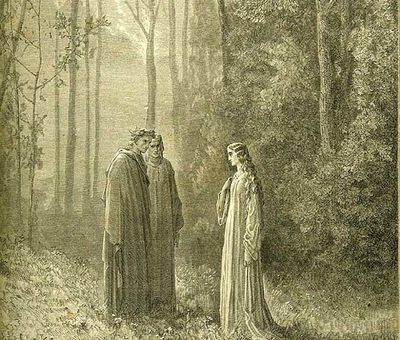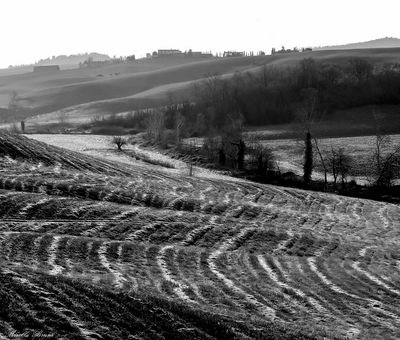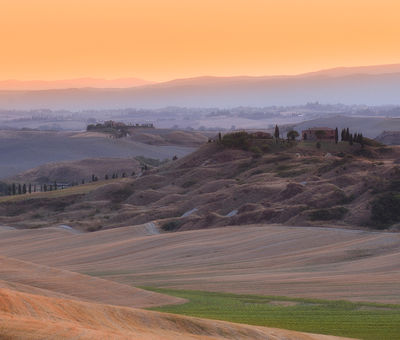Watermark
One of the most moving
portions of the Divine Comedy connects one of the poem’s most mysterious and
discreet figures to the beautiful area of one of the best-kept secrets along
the Tuscan road of Via Francigena: Monteroni d’Arbia. In reality, what links
this woman with the town is as ephemeral as her identity (she is one of the
most elusive characters in the whole Comedy. Her charm lies in her lightness, as
it does in the hidden, man-made but unforgettable Val d’Arbia – which makes us
question the validity of critical deductions…).
Pia de’ Tolomei
“A
third spirit, followed on the second:
‘’Ah,
when you return to the world,
and are rested after your long journey,
remember me who am La Pia;
Siena
made me, Maremma undid me:
he knows, he who, having first pledged himself to me
wed me with his ring’.”
— Purgatorio V, 130-136
The famous Pia del V verses of Purgatory, becoming an immortal spirit in the memories of readers in just seven verses, is most likely to be identified in Pia de’ Tolomei, or maybe with Signora Pia Guastellona, the widow of Baldo Tolomei. After her first marriage Pia married the noble Nello Pannocchieschi, who fell in love with another woman, locked her up in the tower of Castel di Petro and left her to die of starvation or, according to other versions, killed her.
Second marriage
But what links Pia, one of the most beloved characters of Divine Comedy, to Monteroni d’Arbia? A series of possessions and some legal acts, that is the prosaic response which we are able to give, other than, mainly, the love that she had for her children. Pia had two children from her marriage to Nello Pannocchieschi, Balduccia and Andrea who, according to the rules of the time, could only inherit their father’s fortune when they were older. So, in 1290, the woman had to turn to the “dei Pupilli” tribunal to ask for custody of her children and from these documents, records of properties in Monteroni emerged.
Between river and ‘strata’
On 20 September 1290 Madonna Pia asked the Judge of the Court of Placido to be the guardian of her sons Andrea and Balduccia, while on 11 October of the same year she provided the court with an inventory of properties: “Hoc est inventarium quod fecit scribere dicta tutrix et eius tenor talis est. In nomine Domini Amen”. After the list of properties in Siena – including the Palazzo Tolomei – other than those in Pisa there was a list of properties in Monteroni.
Pia owned the land, the fields and two small houses on the outskirts of Chiusa, on the grounds of the vineyard of Poggiarello – which is bordered on one side by the strata and on the other by a moat -; then the earth and blades in Dassalti, Daldocciola and in Giardino. These properties were absorbed into the Church of San Giusto, the Poggiarello and the Arbia river. Poggiarello is a large farm near via Francigena (defined as a strata to differentiate it from other roads), which still exists today and has mostly maintained its medieval appearance.








